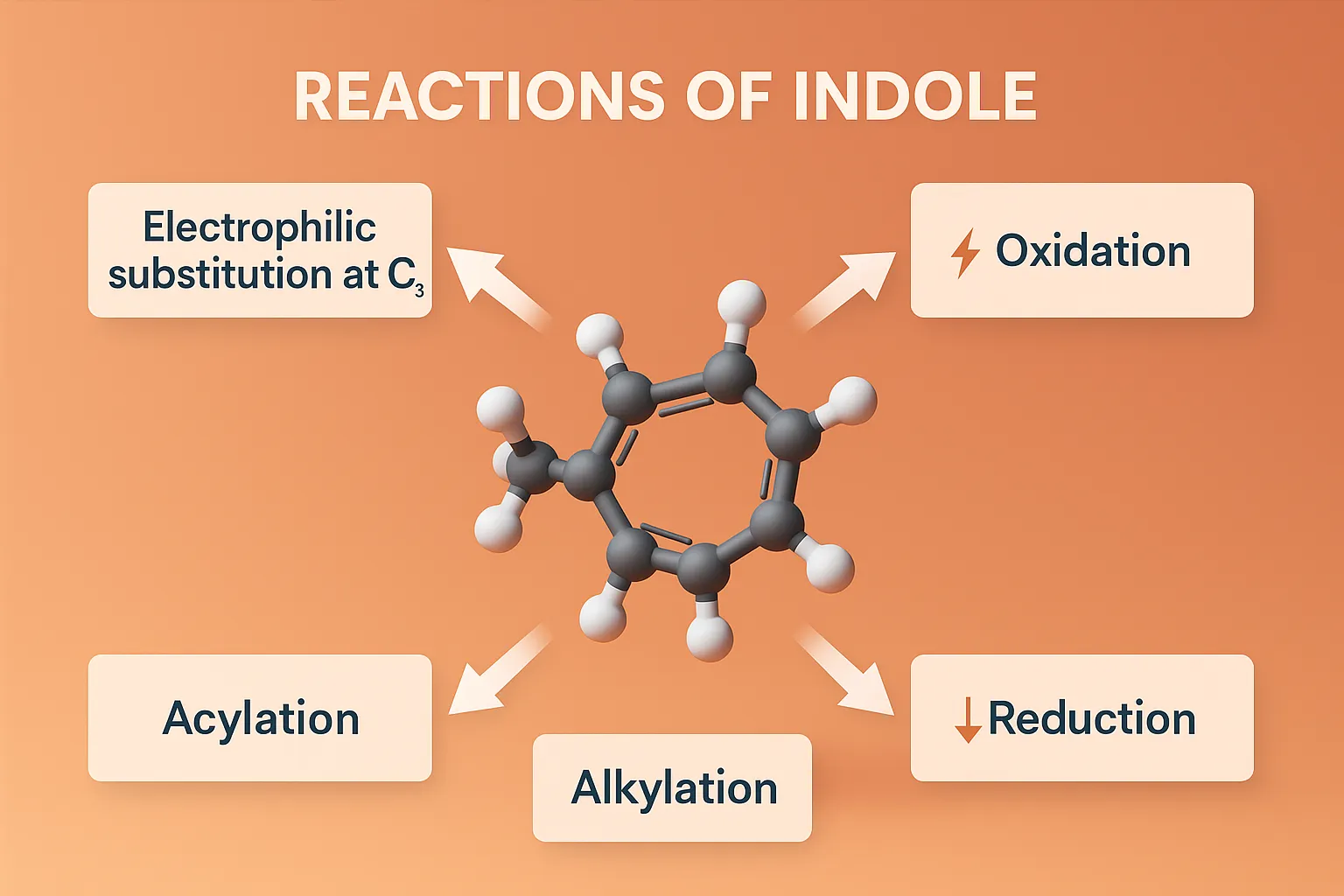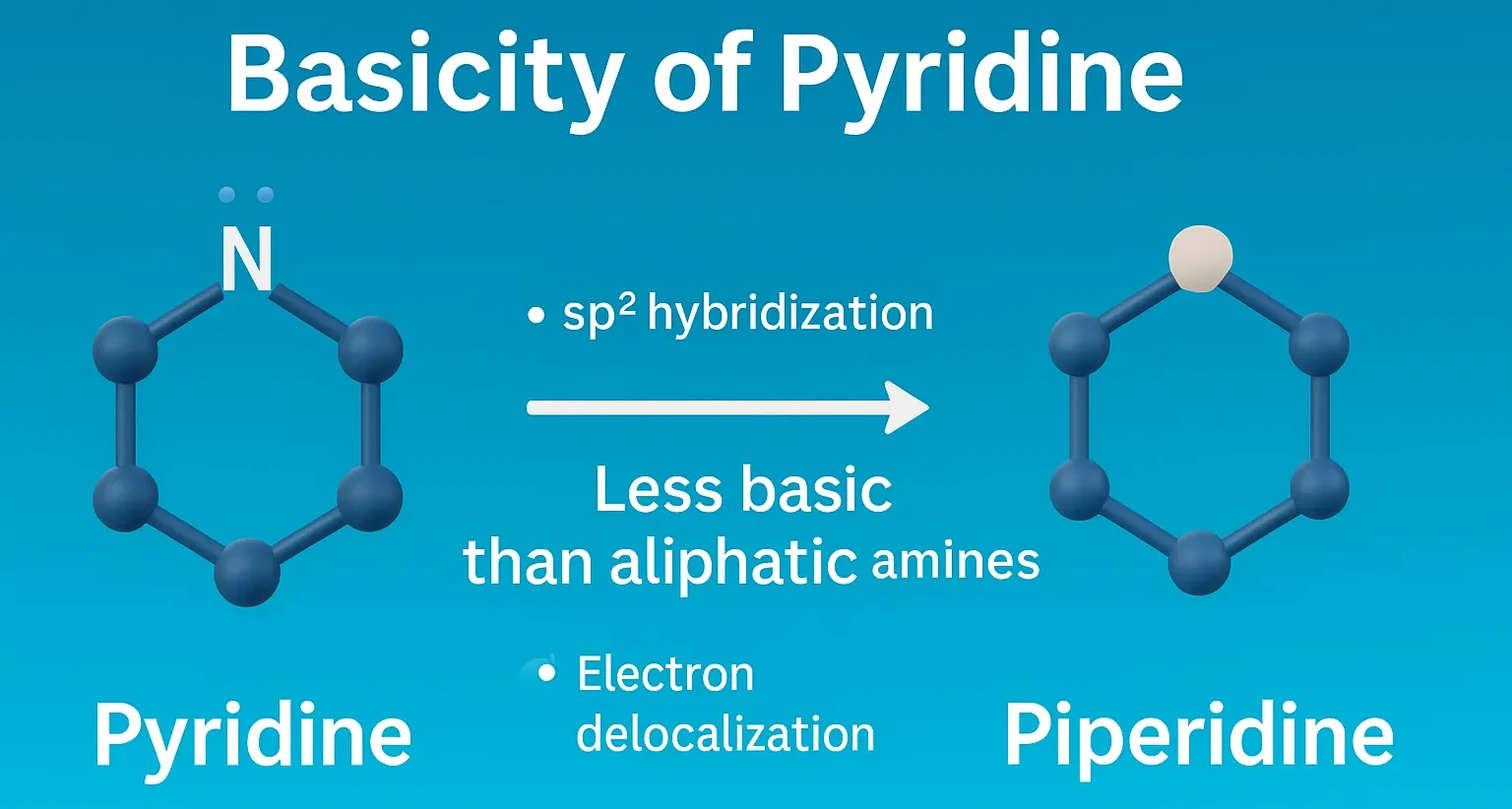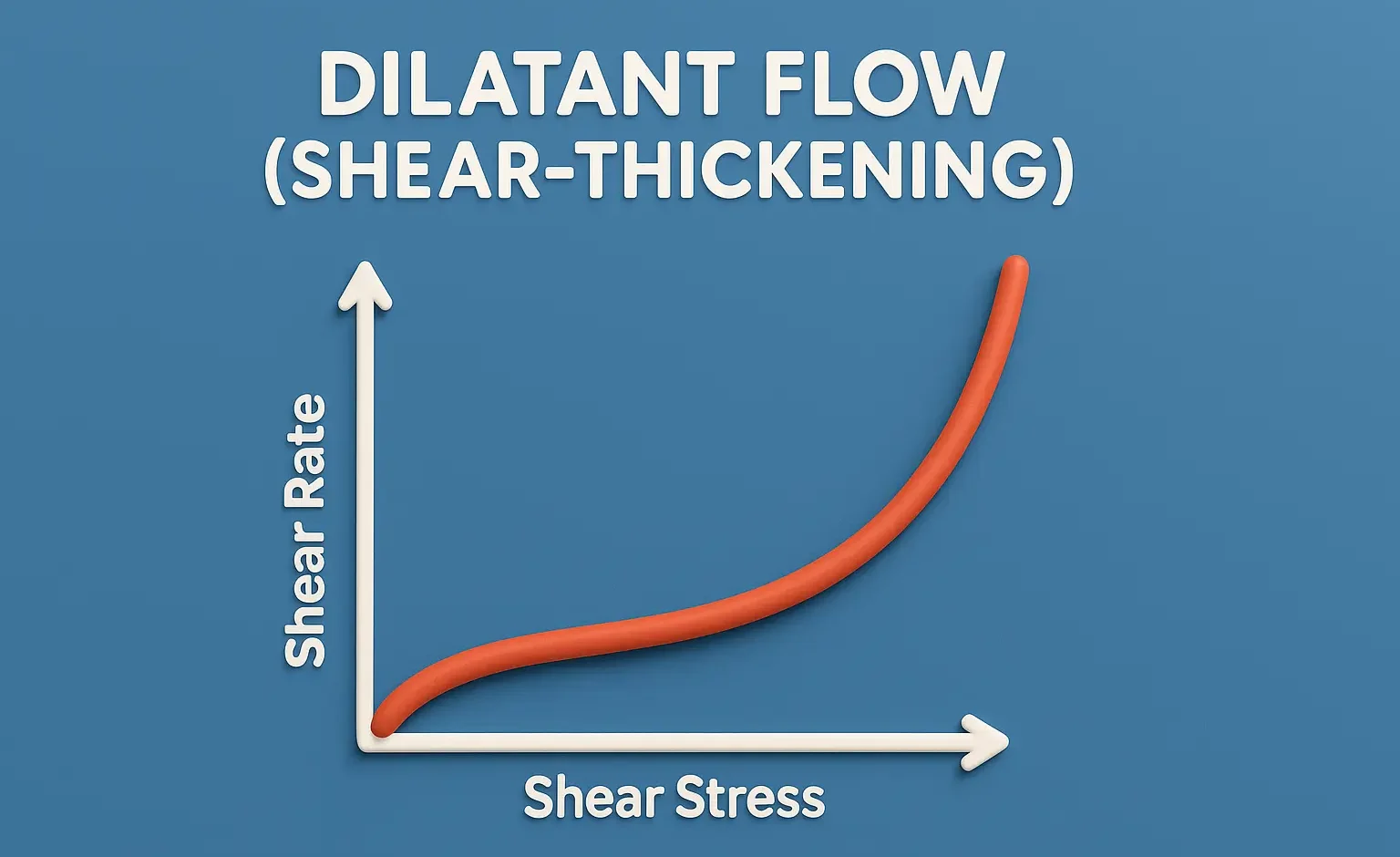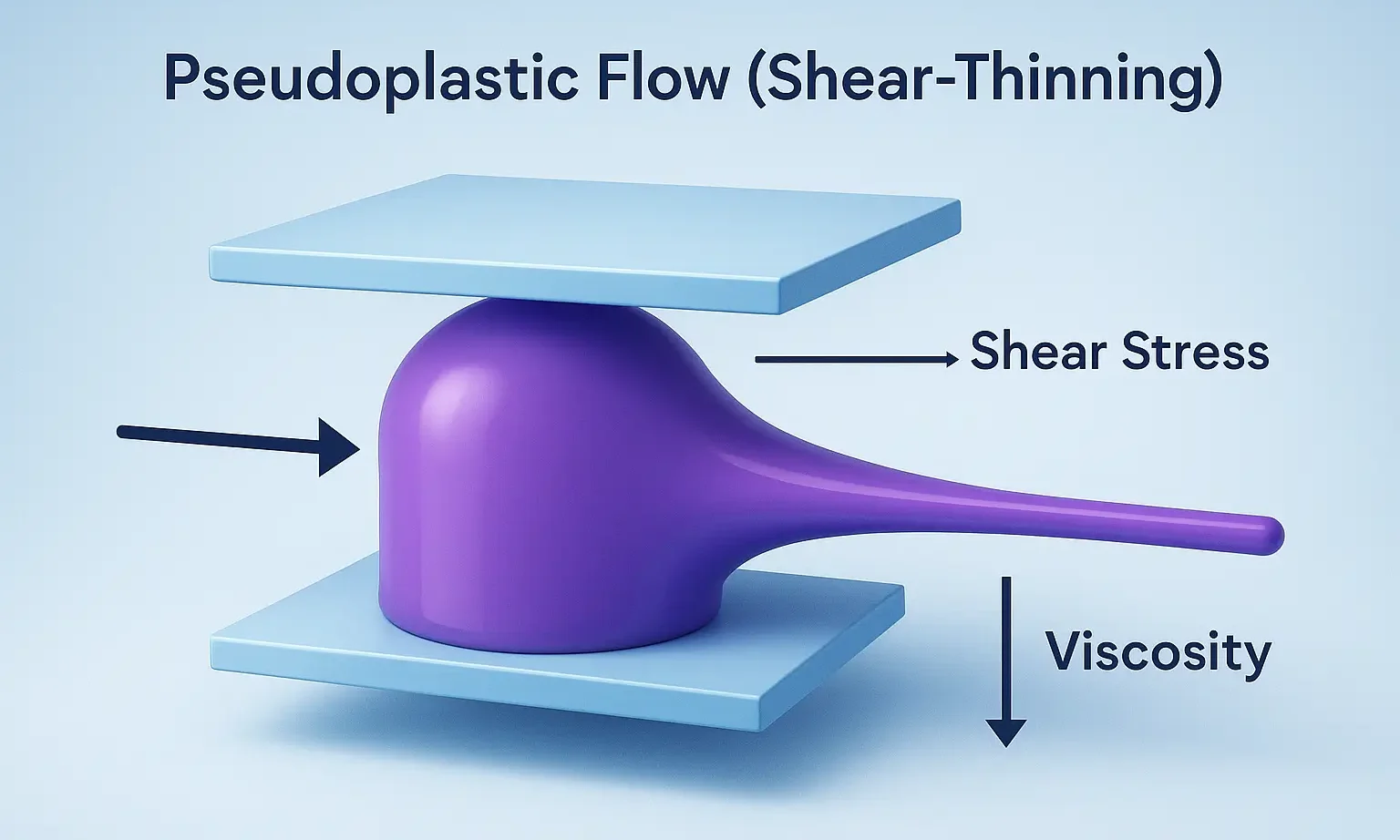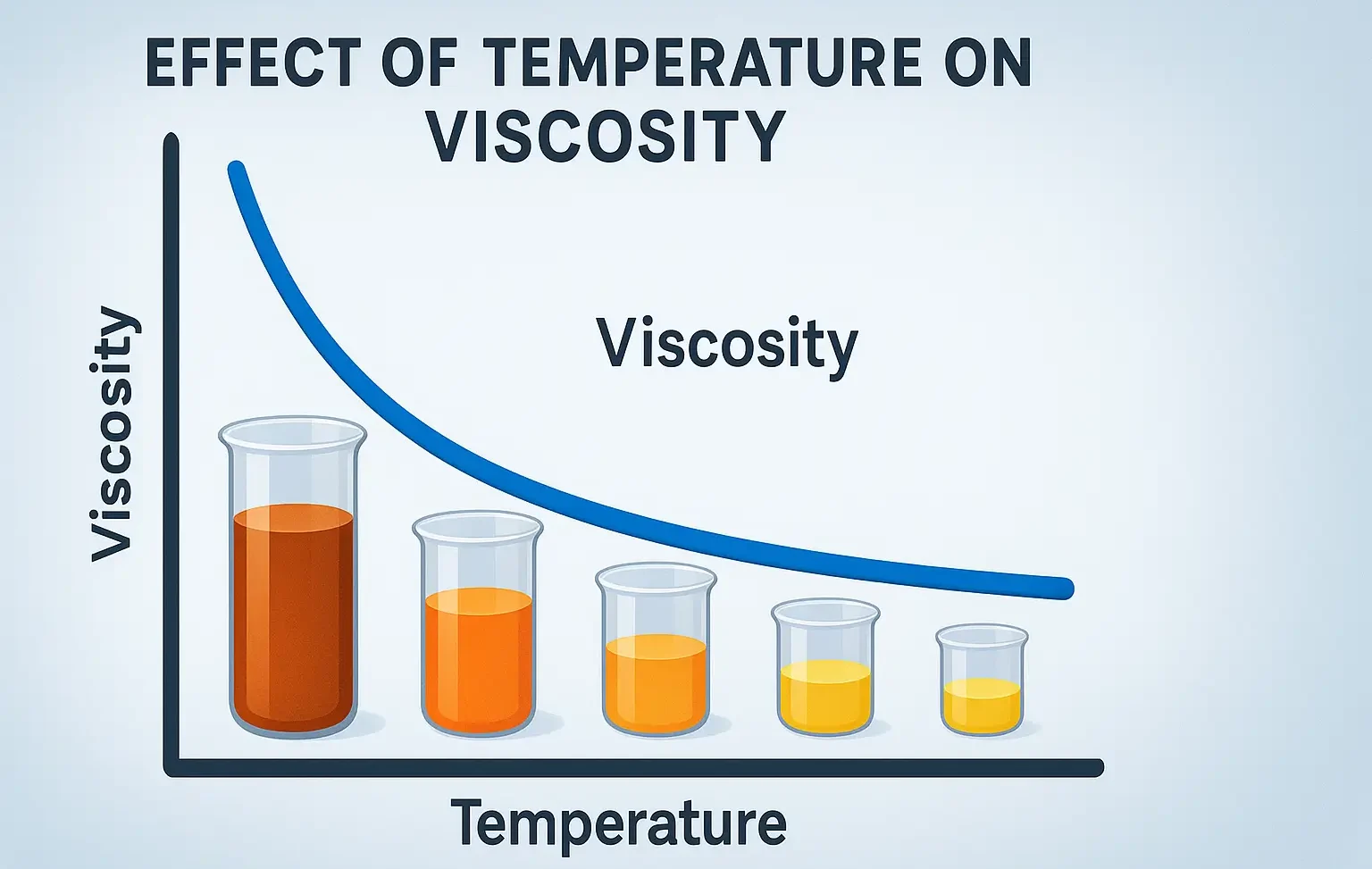Reactions of Indole
Reactions of Indole include electrophilic substitution, oxidation, reduction, and cyclization pathways vital in drug synthesis. Reactions of Indole Electrophilic Substitution (EAS) Very reactive at C-3 (due to resonance stabilization of carbocation intermediate). Secondarily reactive at C-2. Examples: Nitration: dilute HNO₃ → 3-nitroindole Halogenation: Br₂ → 3-bromoindole Friedel–Crafts acylation: at C-3 Vilsmeier–Haack Reaction: POCl₃/DMF → 3-formylindole … Read more

